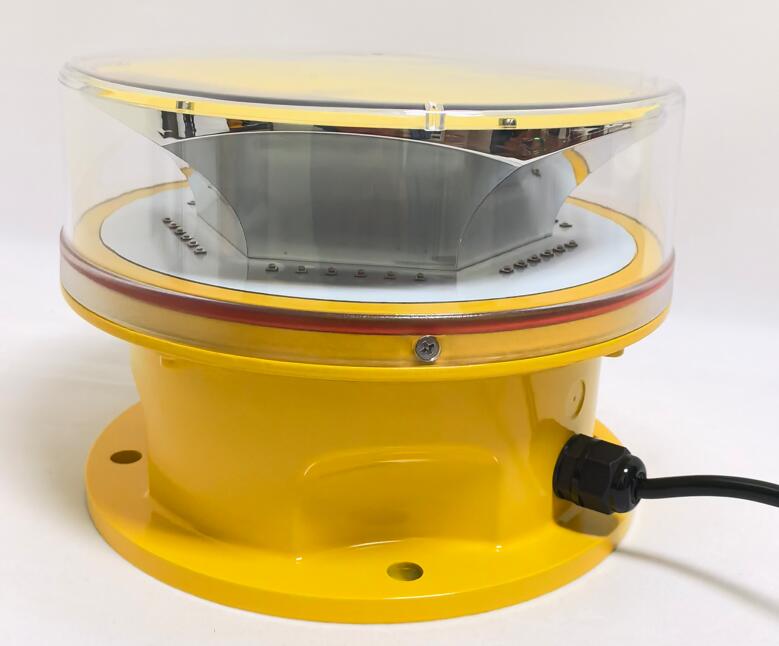FAA Tower Lighting: The Critical Visual Language of Aviation Safety
The Federal Aviation Administration's FAA tower lighting standards form the backbone of visual communication in American airspace. These meticulously engineered lighting systems transform communication towers, wind turbines, and skyscrapers into visible navigational markers that pilots can recognize instantly. More than just regulatory compliance, proper FAA tower lighting installation represents a vital commitment to aviation safety that protects lives and property across the nation's increasingly crowded skies.
The Science of Visibility
Human Factors Engineering
FAA lighting specifications optimized for pilot visual perception
Red light's 620-750nm wavelength maximizes atmospheric penetration

Studies show red obstruction lights detected 0.8 seconds faster than white in marginal conditions
Meteorological Considerations
Lighting intensity calibrated for various weather conditions
| faa tower lighting |
Contrast ratios designed for both day and night operations
Flash patterns optimized to cut through precipitation and fog
Regulatory Framework
Lighting Classification System
L-810: Low-intensity steady red (32.5 candela minimum)
L-864: Medium-intensity flashing red (2,000 candela)
L-856: High-intensity white strobes (200,000 candela)
Height-Based Requirements
Structures 200-500 feet: Dual lighting systems
| faa tower lighting system |
Structures 500-700 feet: Medium-intensity lights
Structures exceeding 700 feet: High-intensity white strobes
Technical Implementation
Optical Performance Standards
360° horizontal coverage mandated
Vertical light distribution specifications
Minimum 3 statute mile daytime visibility
Electrical System Requirements
Backup power capable of 90+ minutes operation
Surge protection for lightning strikes
Weatherproof conduit and junction boxes
Installation Best Practices
Structural Configuration
Multiple light levels on tall towers
Symmetrical placement for uniform visibility
Avoidance of "dead zones" in lighting coverage
Environmental Adaptations
Corrosion-resistant materials for coastal sites
Heating elements for northern climates
UV-stabilized components for desert regions
Operational Advantages
Collision Prevention
72% reduction in tower-related incidents since standardization
Improved pilot situational awareness
Enhanced visibility in all flight conditions
Maintenance Features
Modular components for easy replacement
Fault indicator systems
Remote monitoring capabilities
Technology Evolution
LED Advancements
80% energy reduction versus incandescent
50,000+ hour lifespan
Improved color consistency
Smart Systems Integration
Automatic intensity adjustment
Wireless monitoring networks
Predictive maintenance algorithms
Special Applications
Urban High-Rise Lighting
Architectural integration solutions
Light pollution mitigation techniques
Synchronized flash patterns
Wind Farm Installations
Turbine-specific lighting configurations
Aircraft detection lighting systems
Radar interference reduction
Compliance Verification
Inspection Protocols
Annual photometric testing
Structural integrity assessments
Electrical system evaluations
Documentation Standards
Detailed maintenance logs
NOTAM reporting procedures
Change notification processes
Future Developments
Advanced Materials
Self-cleaning optical surfaces
Impact-resistant polycarbonate
Nano-coated weather protection
Next-Generation Technologies
Integrated aircraft detection
Solar-powered autonomous units
AI-optimized flash patterns
FAA tower lighting systems represent far more than regulatory compliance—they embody the aviation industry's commitment to safety through visual communication. As America's airspace becomes increasingly complex with new structures and aircraft types, these lighting standards continue to evolve while maintaining their fundamental purpose. Proper implementation of FAA tower lighting demonstrates an organization's dedication to protecting lives and enabling safe flight operations. In an era of advancing aviation technology, these lighting systems remain essential visual beacons that speak the universal language of aviation safety.
